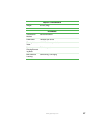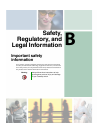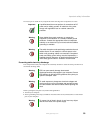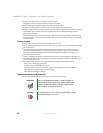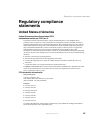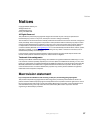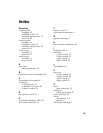
34
Appendix B: Safety, Regulatory, and Legal Information
www.gateway.com
■
Touch a bare metal surface on the back of the computer.
■
Unplug the power cord and the modem and network cables.
Before working with computer components, follow these guidelines:
■
Avoid static-causing surfaces such as carpeted floors, plastic, and packing foam.
■
Remove components from their antistatic bags only when you are ready to use them. Do not lay
components on the outside of antistatic bags because only the inside of the bags provide
electrostatic protection.
■
Always hold expansion cards by their edges or their metal mounting brackets. Avoid touching
the edge connectors and components on the cards. Never slide expansion cards or components
over any surface.
Care during use
■
Do not walk on the power cord or allow anything to rest on it.
■
Do not spill anything on the switch. The best way to avoid spills is to avoid eating and drinking
near your switch.
■
Some products have a replaceable CMOS battery on the system board. There is a danger of
explosion if the CMOS battery is replaced incorrectly. Replace the battery with the same or
equivalent type recommended by the manufacturer. Dispose of batteries according to the
manufacturer’s instructions.
■
When a computer is turned off, a small amount of electrical current still flows through it. To
avoid electrical shock, always unplug all power cables and modem cables from the wall outlets
before cleaning the switch.
■
Unplug the switch from the wall outlet and refer servicing to qualified personnel if:
■
The power cord or plug is damaged.
■
Liquid has been spilled into the switch
■
The switch does not operate correctly when the operating instructions are followed.
■
The switch was dropped or the case is damaged.
■
The switch performance changes.
Replacement parts and accessories
Use only replacement parts and accessories recommended by Gateway.
Important Do not use Gateway products in areas classified as
hazardous locations. Such areas include patient care
areas of medical and dental facilities, oxygen-laden
environments, or industrial facilities.
Warning To reduce the risk of fire, use only No. 26 AWG or larger
telecommunications line cord.




